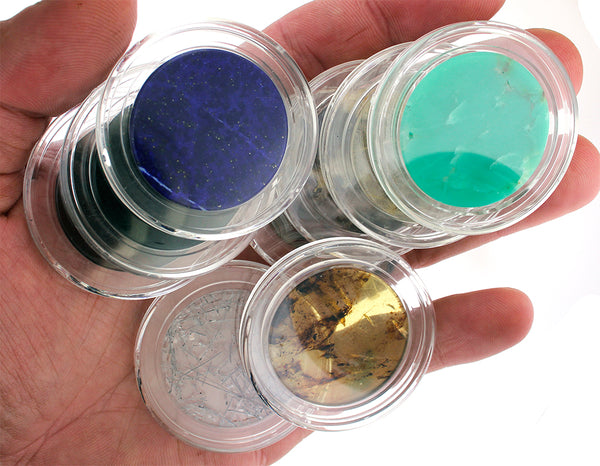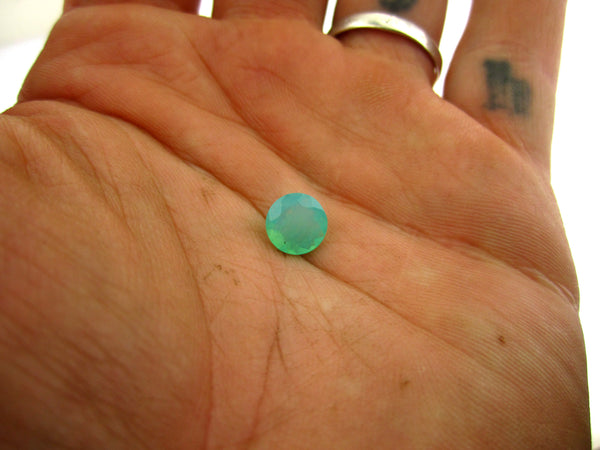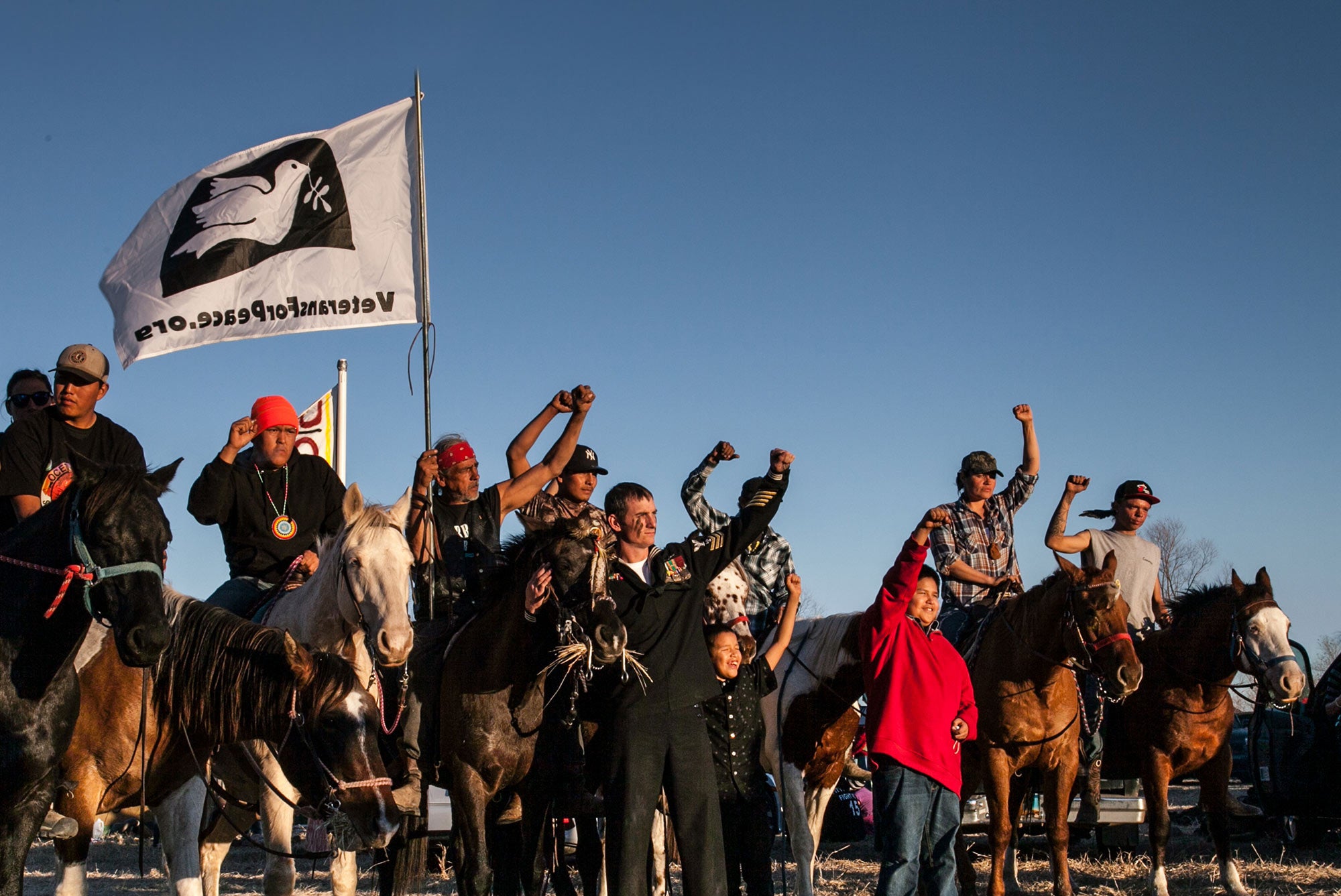Content RSS
Some of the pieces I make have unusual insertion methods (Ghost in the Shell) or wearing surfaces that can be difficult to describe (iona) but are easy to show in a photo. I want to gather some beautiful photos of my customers showing off how you incorporate my work into your one of a kind style. As thanks, I would like to offer you $30 in credit toward your next order and a chance to win $100 in credit toward your next set of handmade ear weights.

I've been experimenting with a new process that allows me to create unique, one of a kind gemstones with a modern aesthetic that embraces the distinctive color and light play characteristics of each stone. These gems are combinations of multiple stones laminated together and are named for the number of layers of stone in the completed piece. Two layers is a doublet, and three is called a triplet.

A first of its kind, SOMA is a creative body jewelry experiment inviting customer participation and challenging me to write more. I've created this new original ear weight style with a fictional backstory that customers will have the opportunity to help complete.
I am excited about these ear weights because I like heavy jewelry and the spool is one of my favorite styles. I define the spool style as having a smaller than necessary wearing surface and massive flares on both sides. The flares balance the piece front to back and prevent it from falling out. Halfway between a plug an and ear weight, the result is a comfortable and very stable piece of jewelry.

As I design and produce new innovative styles and continue exploring my favorite materials, I find myself creating more one-offs and high end pieces as stock for the website. This has me wanting to expand how we take payments so the initial up-front cost is not a barrier to wearing the materials and styles you love. I'm pleased to say that I have settled on a solution that streamlines the payment process and gives you some flexibility in scheduling payments to fit your lifestyle.
I've been hard at work on some new ear weight styles to debut at this year's Association of Professional Piercers conference, and I am pleased to introduce Iona (E-Oh-Nah).


It's safe to say that Onetribe would not be the company that it is today without our wood production. From my initial domestic production of wood basics, to being one of the first companies to start making our overseas produced ornately carved styles in the same safe woods we used in our domestic workshop, to our innovative and elaborate mixed media projects, wood has been a staple at this company for almost 15 years.
Just as our world is constantly growing and changing, so is any small business, and the time has come to say farewell to wood. Our wood workshop employee James Ginnell, who's been with us for years, will be leaving our wood shop soon and that leaves me with a decision to make.

I've realized during my 14 years working in natural body jewelry that many stones that I and my customers love are not often collected. Unlike the crystals popular with collectors, most agates, jaspers, jades, and others stones form in erratic sizes and tend to show their beauty only when opened to reveal the natural colors and patterns hidden within. For this reason, I have created a unique new way to collect stone specimens: Specimen Coins.


Stone has had enormous impact on us both creatively and technologically. Minerals gave us the first chance to paint our lives with color and story, and take it with us for others to see. It turns out that aside from things which are alive (birds, bugs, plants), colors in nature, and particularly jewel tones, are actually very rare. Most vibrant colors are either the result of environmental light play, such as sunsets or the color of a lagoon, or they are biological - flowers, butterflies, etc. In either of these cases, the color is not permanent. It is location specific, temporary, or sadly, it dies.




